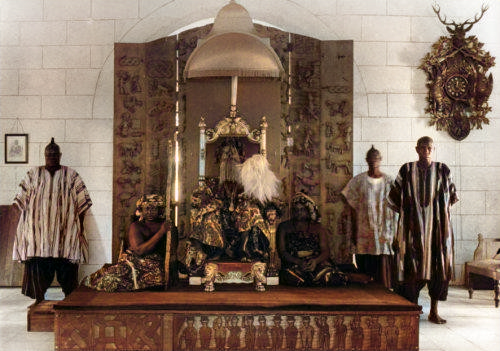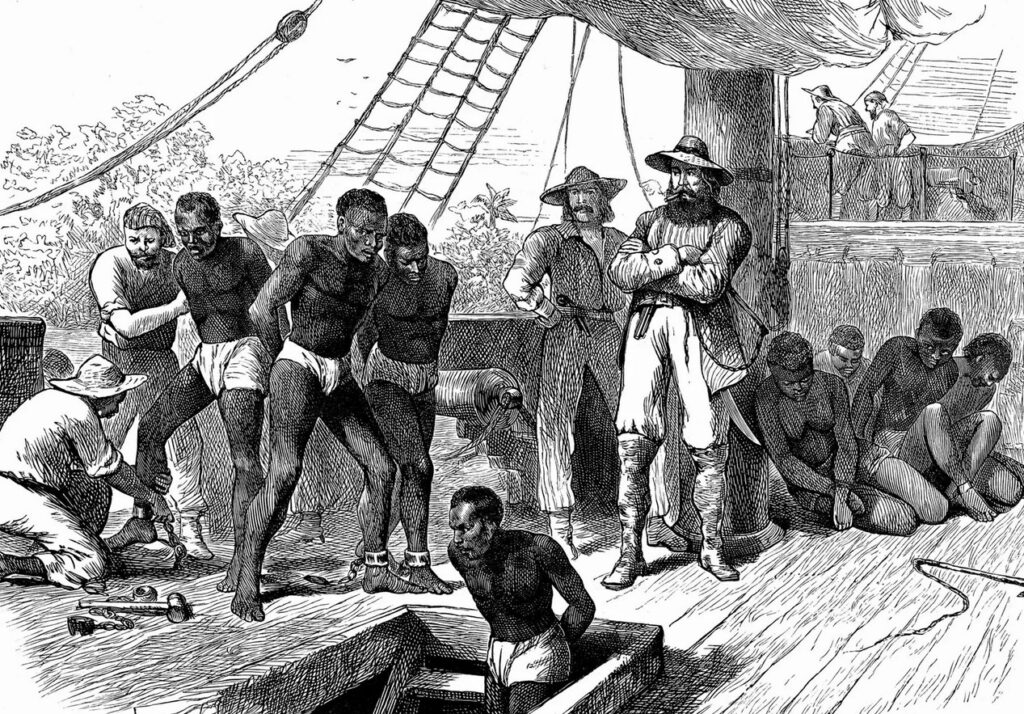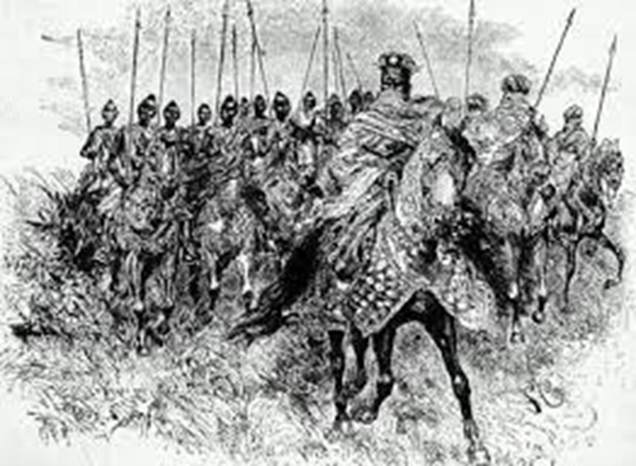Picture source: Nigerian Stories
When it comes to old mighty empires, Africa has lots of stories to tell. You can dive into her rich history of conquests, as well as advanced styles of governance. The Old Oyo Empire remains one of the most outstanding to date.
Oyo’s story starts with a king of Ife who sent out his sons to the surrounding regions. Oranmiyan (Oranyan), one of the princes, settled in the area that would become Oyo. He started this kingdom and became the first Alaafin of Oyo.
Reaching its peak around the 17th – late 18th century, The Old Oyo Empire thrived as one of the most powerful Yoruba states. Having a sound administrative infrastructure and a trained army to maintain its strength served as key factors to its dominance.
Thanks to the age of the internet, we now have records that tell of this era in our history. However, I have put together five interesting facts about the Old Oyo Empire.
An Impressive Balance of Power

Picture source: Wikipedia
While most empires had warrior-kings who ruled and commanded absolute power, some kingdoms took a different approach. In the case of Old Oyo, the balance of power didn’t rely on one or two arms, it had a third arm!
The Alaafin ruled as the king and lived in the palace. Although he reigned as the superior leader, the system prevented him from having total power and becoming a tyrant. The Oyo Mesi existed as a constant check to the Alaafin’s power.
Established as a privy council, the Oyo Mesi consisted of powerful noblemen led by the Bashorun. As expected of such a council, they advise and balance the power wielded by the king. This body handled the crowning of every Alaafin from the royal family. As such, they also have the authority to force any tyrant to abdicate the throne.
If a king goes down the tyrannical path, the Oyo Mesi takes an in-house vote. Upon voting to end the king’s reign of terror, the Bashorun sends a calabash (which can be filled with parrot eggs or left empty) to the Alaafin. This prompts the ruler to give up the throne by committing ritual suicide.
At this point, you might think the council has too much power that could be exploited. However, the Oyo empire had a third group that checked the Oyo Mesi. The Ogboni cult existed in old Oyo to maintain a balance to the influence of the council.
The Supreme Military Commander Never Loses a Battle

Picture source: Nicholas Idoko
Yes, you read that correctly. The Aare Ona Kakanfo acted as the supreme military commander of the empire’s entire forces. He is said to be the most powerful warrior and tactician in the army. Tales also tell of his capability to fight multiple battles simultaneously while also providing his soldiers with spiritual backing.
Custom dictates that the Aare Ona Kakanfo must win every battle. Upon experiencing defeat, the commander is said to commit suicide if he does not die in the battle. The reason is that no commander must return with news of defeat.
Since he leads every battle, he lives in one of the frontier regions. However, this also ensures that his power remains limited by keeping him away from the central seat of power.
Also, the Aare Ona Kakanfo must not leave close to the capital and as such, cannot defend it in cases of emergency. However, the Bashorun handles the military arm in the capital, in addition to his role in the Oyo Mesi.
Engaged Heavily in the Slave Trade

Picture source: Britannica
The Old Oyo empire relied heavily on the trade of goods, which included supplying slaves. It did this so much that it became known as a major West African slave trading state.
Slaves taken from several regions in Africa were transported down to the Southern coast. This area was under Oyo’s rule and slave traders started calling it the Slave Coast due to the tens of thousands of captives sold as slaves there.
This fact should not come as a surprise since Oyo’s conquests meant lots of people would have been taken as slaves. Their countless wars and solid dominance ensured the steady supply of these captives for the trade.
Had The Best Cavalry Among The Yorubas

Picture source: Zaccheus Onumba Dibiaezue
The Old Oyo Empire had a huge trained army that maintained its strength both within and without. With a strong command structure to back it, the Oyo military became effective enough to subdue surrounding Yoruba tribes and spread as far as Benin.
However, its army’s most fearsome units remained the Cavalries. Although breeding horses was not a strong point for the empire, it sourced them through trade from the North.
In the days when most tribes could only field infantry units, Oyo’s cavalrymen would have a field day. This unit existed as light and heavy, with the former wielding clubs and the latter employing the use of bows and arrows.
It is important to note that the cavalry units lacked a steady presence in the southern regions due to the prevalence of tsetse flies.
Fell Due to Over-ambition and Betrayal

Adeboye Adegbenro’s illustration of Afonja’s death by his Jamas
Despite its structure of governance and checks for power, Oyo eventually fell from within. The series of events that would lead to the empire’s demise started with the rise to power of one individual.
Bashorun Gaa was both power-hungry and power-drunk at the same time. He was said to have conspired with the Oyo Mesi and some members of the Ogboni to depose four consecutive Alaafins.
Although the fifth Alaafin managed to put him down, the empire was already destabilized by these events. The instability, in addition to two failed campaigns by the fifth, emboldened some of the surrounding tribes who sought to rule too.
The second event that added a bunch of nails to the coffin unfolded in Ilorin. The then Aare Ona Kakanfo Afonja became over-ambitious and wanted to power a short while after Gaa’s disposal. He enlisted the support of the Fulanis and the growing community of Oyo’s Muslims to help him separate Ilorin from Oyo’s rule. His supposed allies eventually betrayed him, putting Ilorin under the Sokoto Caliphate.
All of these events signalled the Old Oyo Empire’s dying days, as the Fulanis eventually destroyed the old capital (Oyo-Ile). The loss of Ilorin marked the end of the legendary cavalry units. Ilorin was a formidable war camp that housed the larger share of the cavalries and also facilitated the supply of horses.
The tale of Old Oyo teaches the importance of contentment, discipline, and introspection.





